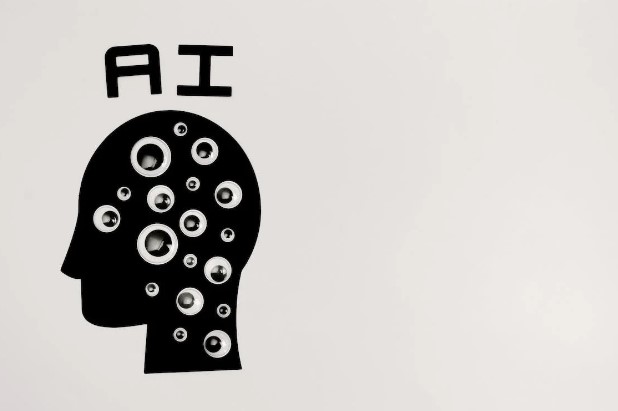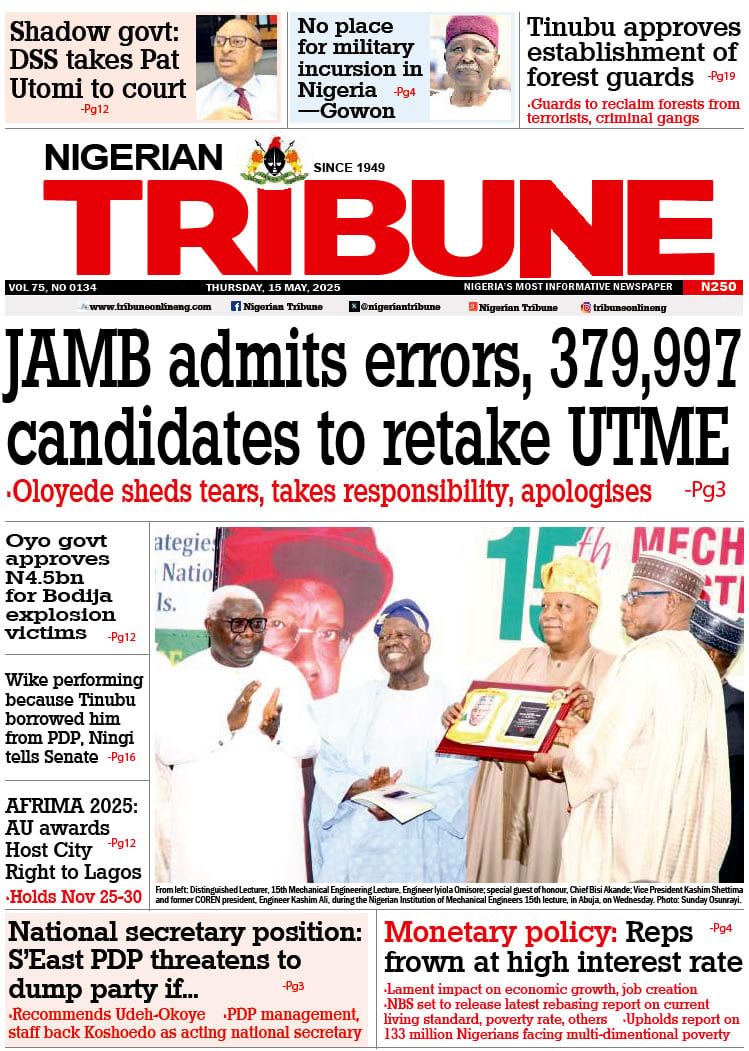Artificial Intelligence (AI) has become an indispensable tool in the world of finance. As the junk bond market continues to grow and evolve, the predictive capabilities of AI are being harnessed to gain valuable insights. Understanding the junk bond market and the role of AI in its prediction is crucial for investors and financial institutions alike.
Understanding the Junk Bond Market
Before diving into the predictive role of AI, it’s important to have a clear understanding of the junk bond market itself. Junk bonds, also known as high-yield bonds, are debt securities issued by companies with credit ratings below investment grade. These bonds typically offer higher yields to compensate investors for the increased risk associated with lower credit ratings.
Junk bonds are typically issued by companies with a higher likelihood of default compared to investment-grade bonds. The risk associated with junk bonds stems from factors such as the issuer’s financial health, market conditions, and economic stability. Despite the higher risk, investors are attracted to junk bonds because of the potential for higher returns.
Junk bonds come in various forms, including corporate bonds, municipal bonds, and convertible bonds. They often have longer maturities, allowing companies to manage their debt obligations over an extended period. Furthermore, junk bonds are traded in the secondary market, providing investors with liquidity.
When investing in junk bonds, it’s essential to conduct thorough research and analysis. Investors should carefully evaluate the issuer’s financial statements, industry trends, and market conditions. Assessing the issuer’s ability to generate sufficient cash flow and meet its debt obligations is crucial in determining the risk associated with a junk bond investment.
Furthermore, understanding the credit ratings assigned by rating agencies, such as Standard & Poor’s, Moody’s, and Fitch, can provide valuable insights into the creditworthiness of a junk bond issuer. These agencies assess the issuer’s ability to repay its debt and assign ratings accordingly, ranging from AAA (highest) to D (default).
Historical Trends in the Junk Bond Market
Over the years, the junk bond market has experienced its fair share of ups and downs. The market can be influenced by economic factors, such as interest rates, inflation, and overall market sentiment. Understanding the historical trends in the junk bond market can provide valuable insights into its future performance.
Historically, periods of economic expansion have been favorable for the junk bond market. During these times, companies have easier access to capital, resulting in increased issuance of junk bonds. Additionally, as the economy strengthens, default rates tend to decline, boosting investor confidence in the market.
However, during economic downturns, default rates tend to increase, causing instability in the junk bond market. Companies facing financial difficulties may struggle to meet their debt obligations, leading to a higher risk of default. These periods of market stress can create buying opportunities for investors who are willing to take on the additional risk.
It’s important to note that the junk bond market is not immune to volatility and market fluctuations. Factors such as changes in interest rates, shifts in investor sentiment, and geopolitical events can impact the performance of junk bonds. Therefore, investors should continuously monitor the market and adjust their investment strategies accordingly.
Analyzing historical trends in the junk bond market involves studying data on default rates, bond prices, and market conditions over different economic cycles. This analysis can help investors understand the relationship between various factors and the performance of junk bonds, enabling them to make more informed investment decisions.
In conclusion, the junk bond market offers investors the potential for higher returns but comes with increased risk. Understanding the characteristics of junk bonds, conducting thorough research, and analyzing historical trends can help investors navigate this market and make informed investment decisions.
The Evolution of AI in Financial Markets
AI has revolutionized various industries, and finance is no exception. In recent years, AI has played an increasingly significant role in financial markets, providing investors with powerful tools for analysis and prediction.
The Rise of AI in Finance
The rise of AI in finance can be attributed to advancements in technology, increased access to data, and the need for faster and more accurate decision-making. AI algorithms can process vast amounts of data in real-time, identify patterns, and extract valuable insights. This enables investors to make more informed investment decisions based on data-driven analysis.
How AI is Changing Investment Strategies
AI is reshaping investment strategies by enhancing traditional approaches and introducing new ones. Machine learning algorithms can analyze historical data to identify patterns and trends that humans may overlook. This enables investors to build predictive models that can anticipate market movements and make more accurate investment decisions.
Additionally, AI-powered tools can automate routine tasks, such as data collection and analysis. This frees up time for financial professionals to focus on higher-level strategic thinking and decision-making.
The Intersection of AI and Junk Bond Market
The combination of AI and the junk bond market presents exciting opportunities for both investors and financial institutions. AI can play a crucial role in predicting junk bond market trends, helping investors make informed decisions and mitigate risks.
In the constantly evolving junk bond market, the predictive capacities of AI are becoming increasingly indispensable, and a pioneering trend known as Immediate Edge is leading the way. Harnessing the power of quantum computing, this advanced technique is capable of rapidly processing and analyzing vast amounts of data, offering unparalleled insights into potential high-yield bond market shifts. As these bonds inherently carry more risk, the precision and swiftness of Immediate Edge ‘s predictive analytics could become a game-changer, offering investors a clearer perspective on potential returns and risks. As the junk bond landscape continues to shift, it is clear that the interplay of Immediate Edge will play a significant role in shaping its future.
The Role of AI in Predicting Junk Bond Market Trends
AI algorithms can analyze various factors impacting the junk bond market, including economic indicators, company financials, and credit ratings. By leveraging historical data, AI can identify patterns and correlations that can help predict future market trends. This enables investors to adjust their portfolios and make strategic decisions based on data-driven insights.
Case Studies of AI in Junk Bond Market
Several case studies have demonstrated the effectiveness of AI in predicting junk bond market trends. For example, one study showed that AI algorithms outperformed traditional investment models in forecasting junk bond defaults. This highlights the potential of AI as a predictive tool in the junk bond market.
The Future of AI in Junk Bond Market
The future of AI in the junk bond market holds enormous potential. As technology continues to advance, AI-driven solutions will become more sophisticated and accurate, revolutionizing the way investors navigate this dynamic market.
Potential Developments in AI for Junk Bond Market
Advancements in AI are likely to include improved data collection and analysis capabilities. Machine learning algorithms may become better at identifying subtle patterns and anomalies in the junk bond market, providing investors with deeper insights.
Furthermore, the integration of AI with other emerging technologies, such as blockchain, could enhance transparency and security in the junk bond market. This could help reduce risks and promote trust among market participants.
Challenges and Opportunities for AI in Junk Bond Market
While AI presents numerous opportunities, it also comes with challenges. Some challenges include data privacy concerns, algorithm bias, and the need for skilled professionals who can effectively leverage AI tools in the junk bond market.
However, these challenges can be mitigated through robust data privacy measures, ongoing monitoring of AI algorithms, and continuous training of professionals. By addressing these challenges, the junk bond market can reap the benefits of AI’s predictive capabilities.
Conclusion: The Transformative Impact of AI on Junk Bond Market
AI has truly transformed the junk bond market, empowering investors with predictive insights and enabling faster and more accurate decision-making. As AI continues to evolve, its role in the junk bond market will only become more critical.
Investors and financial institutions that embrace AI can gain a competitive advantage by leveraging its predictive capabilities. However, it’s essential to recognize the limitations of AI and ensure that human expertise and judgment are still valued in investment decision-making.
In conclusion, the combination of AI and the junk bond market creates a symbiotic relationship, providing investors with a powerful tool for navigating the dynamic landscape of high-yield bonds. With AI’s predictive role, investors can make informed decisions, mitigate risks, and seize opportunities in the ever-changing junk bond market.






